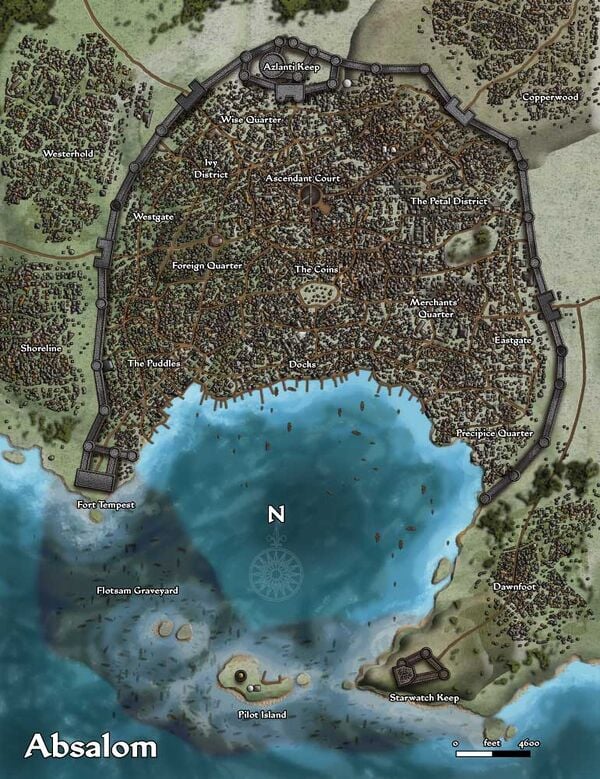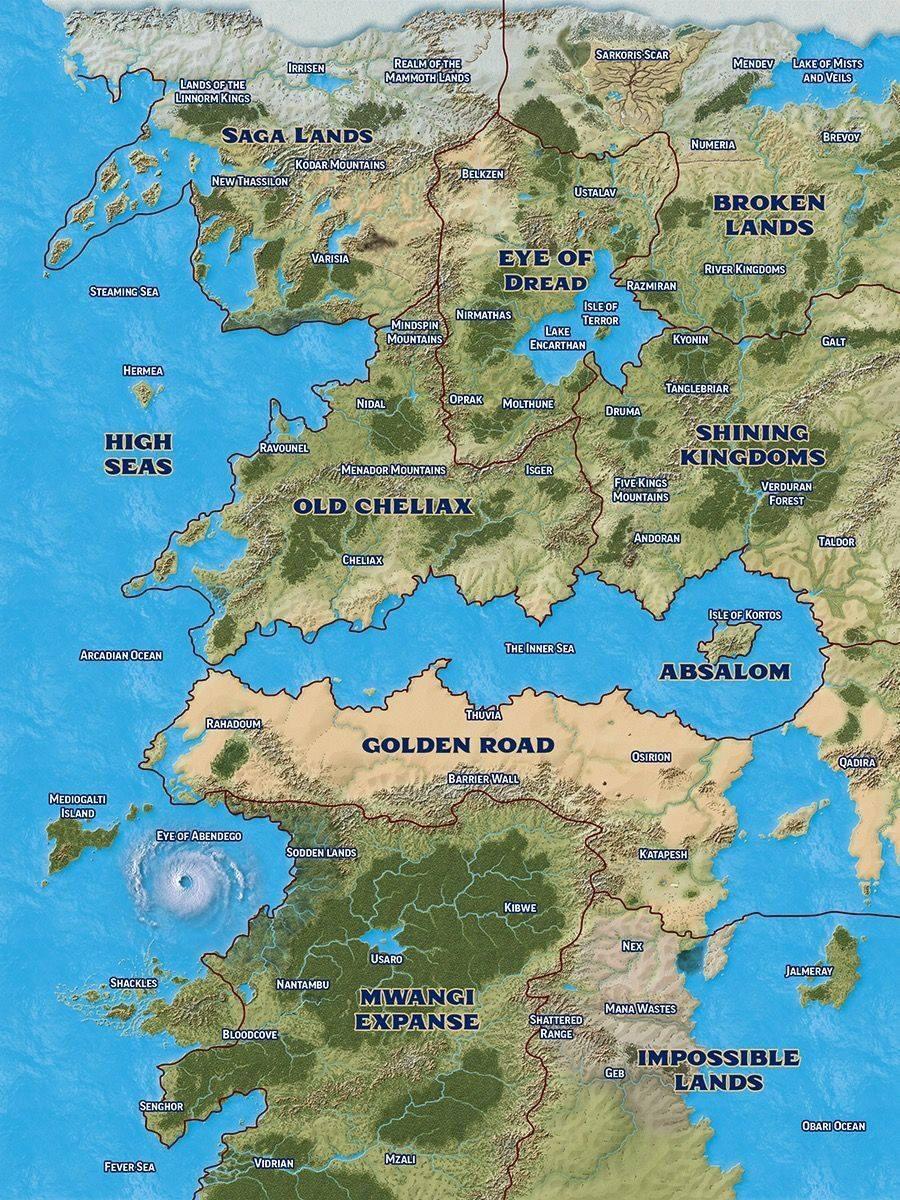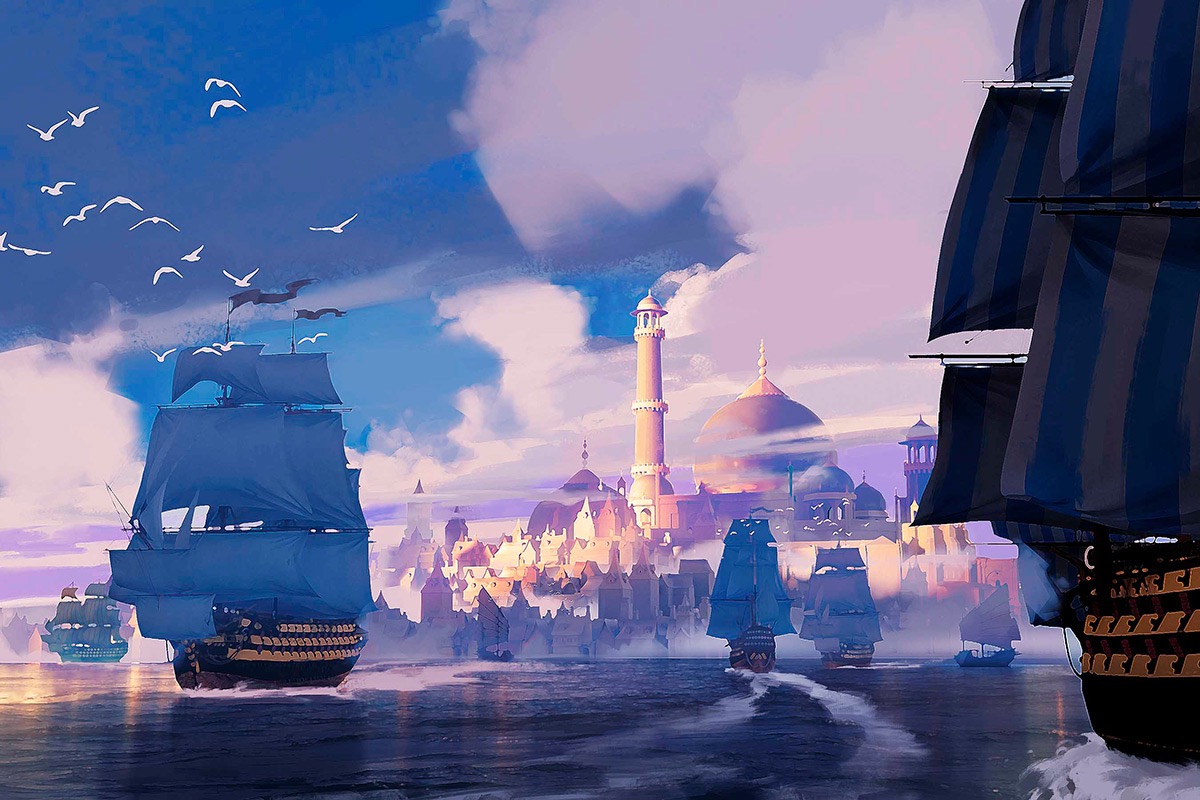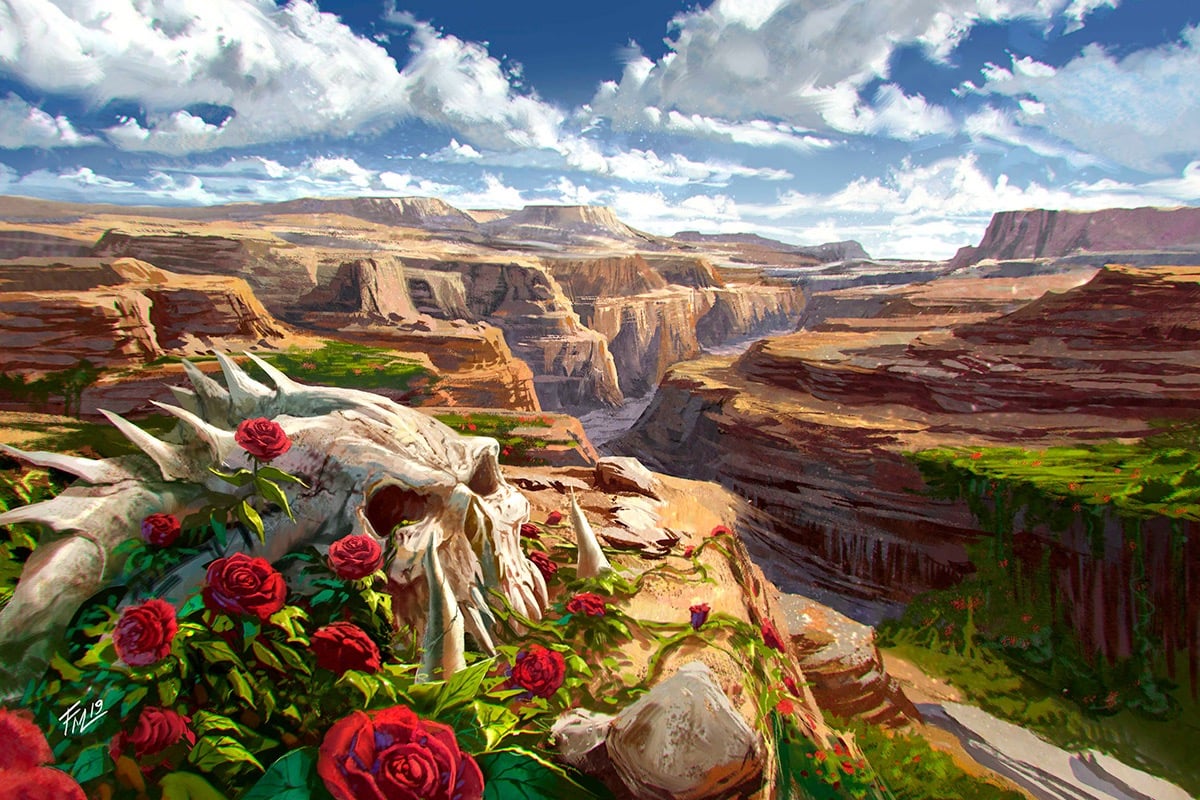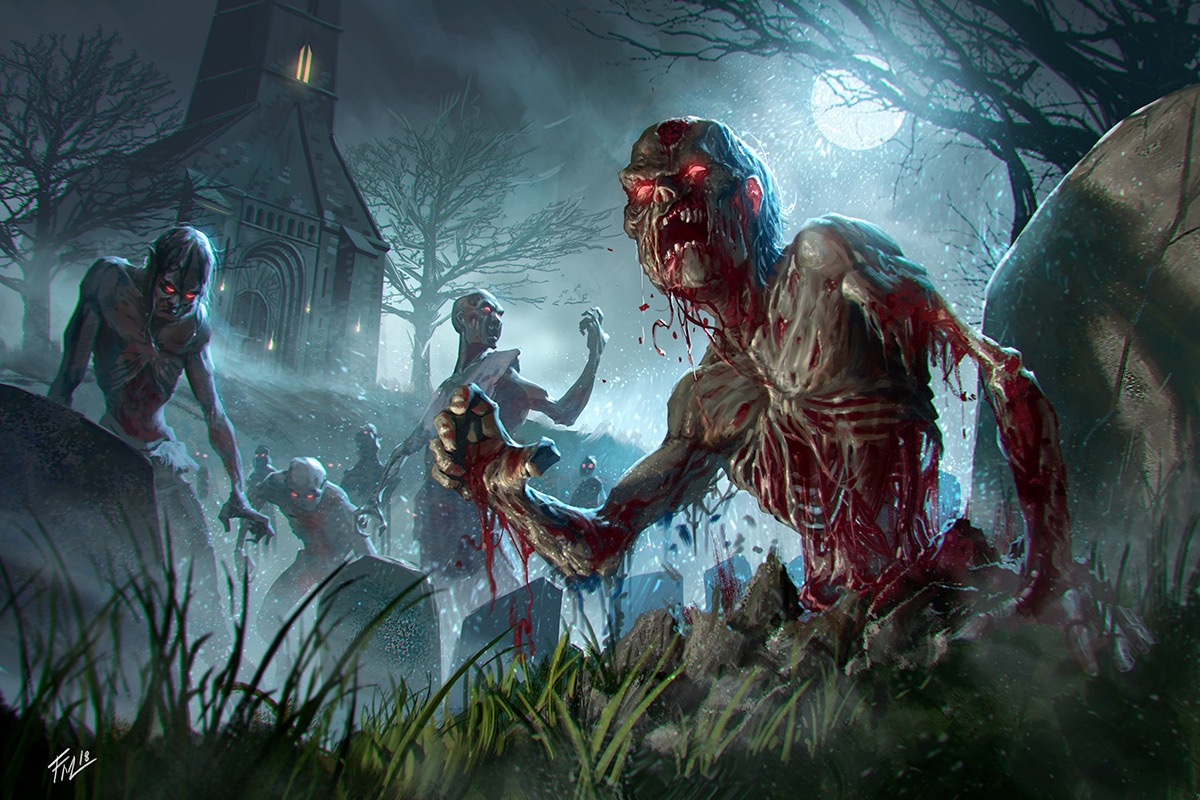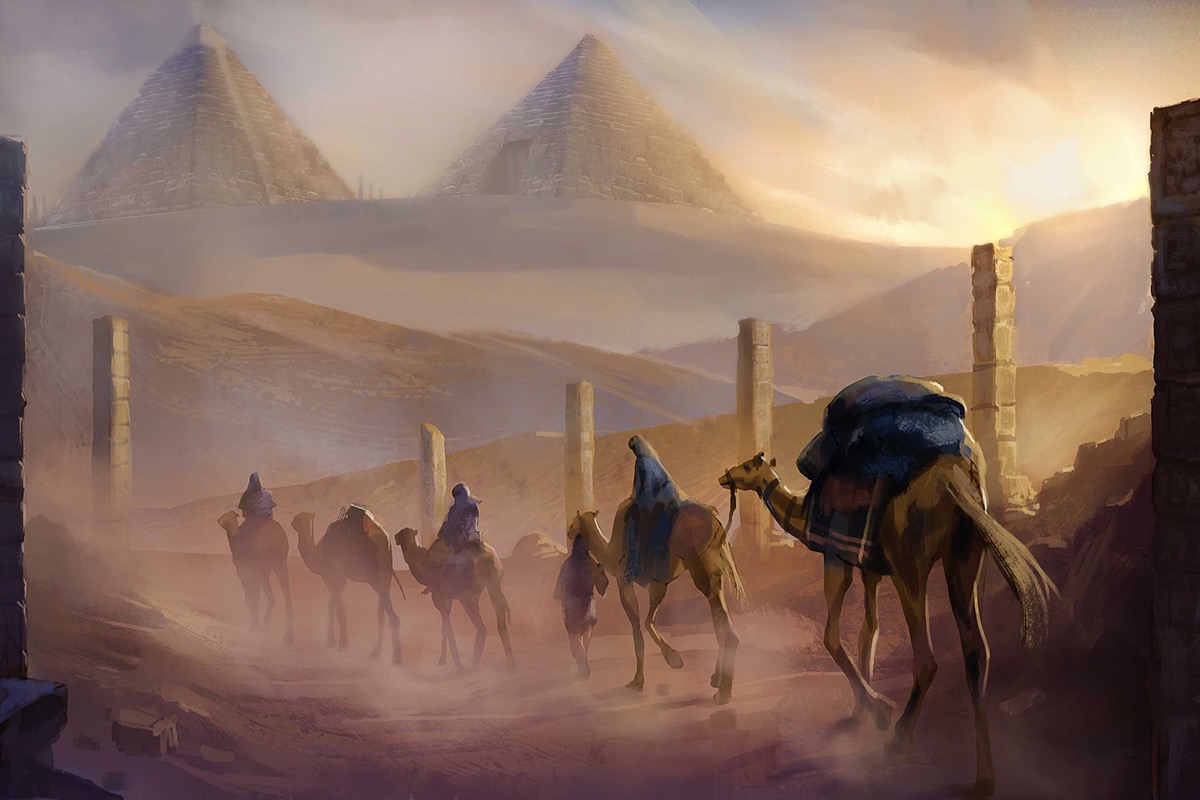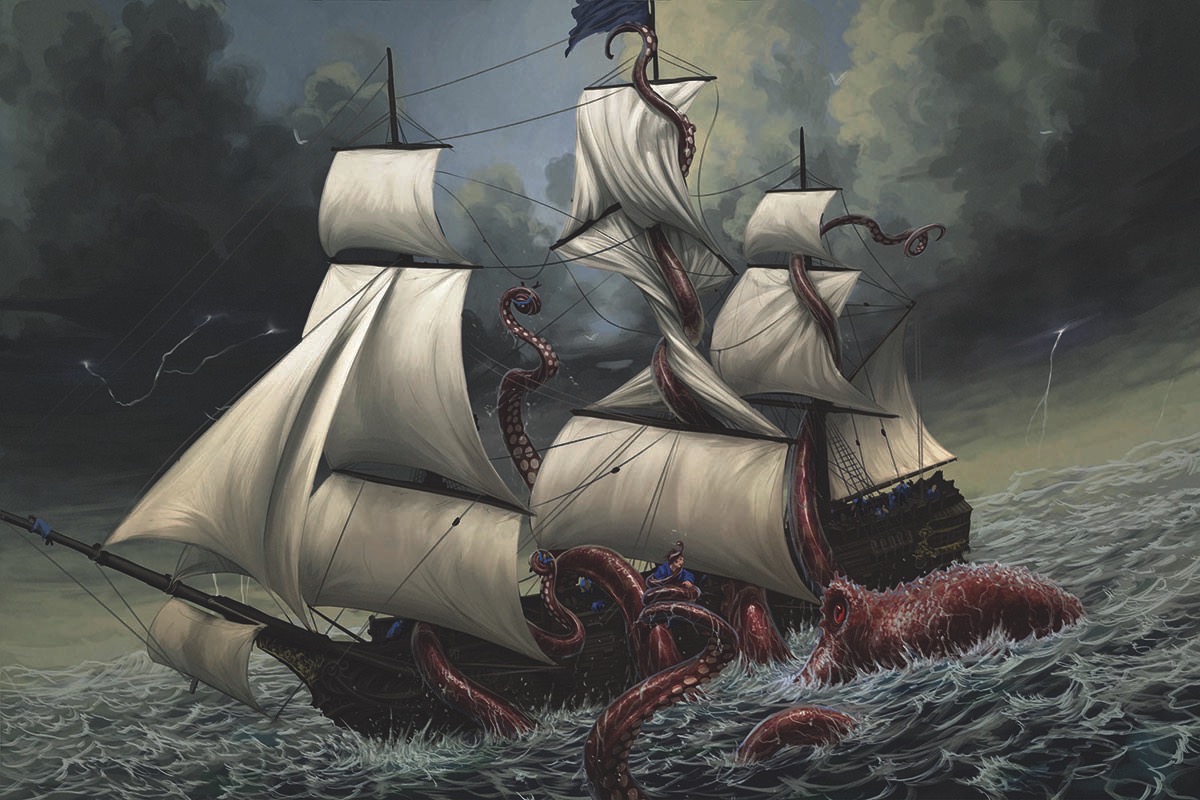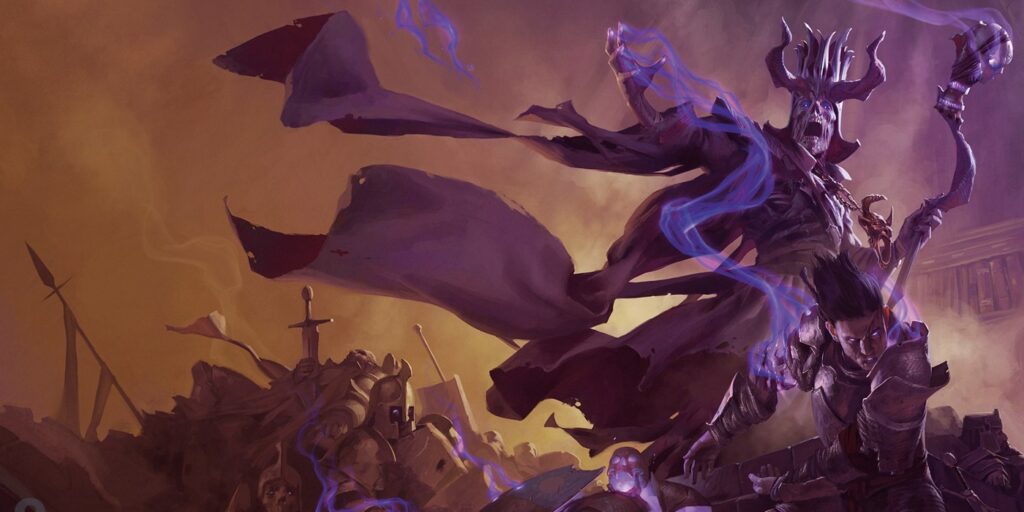An Adventurer’s Guide to Golarion’s Inner Sea – Part 1
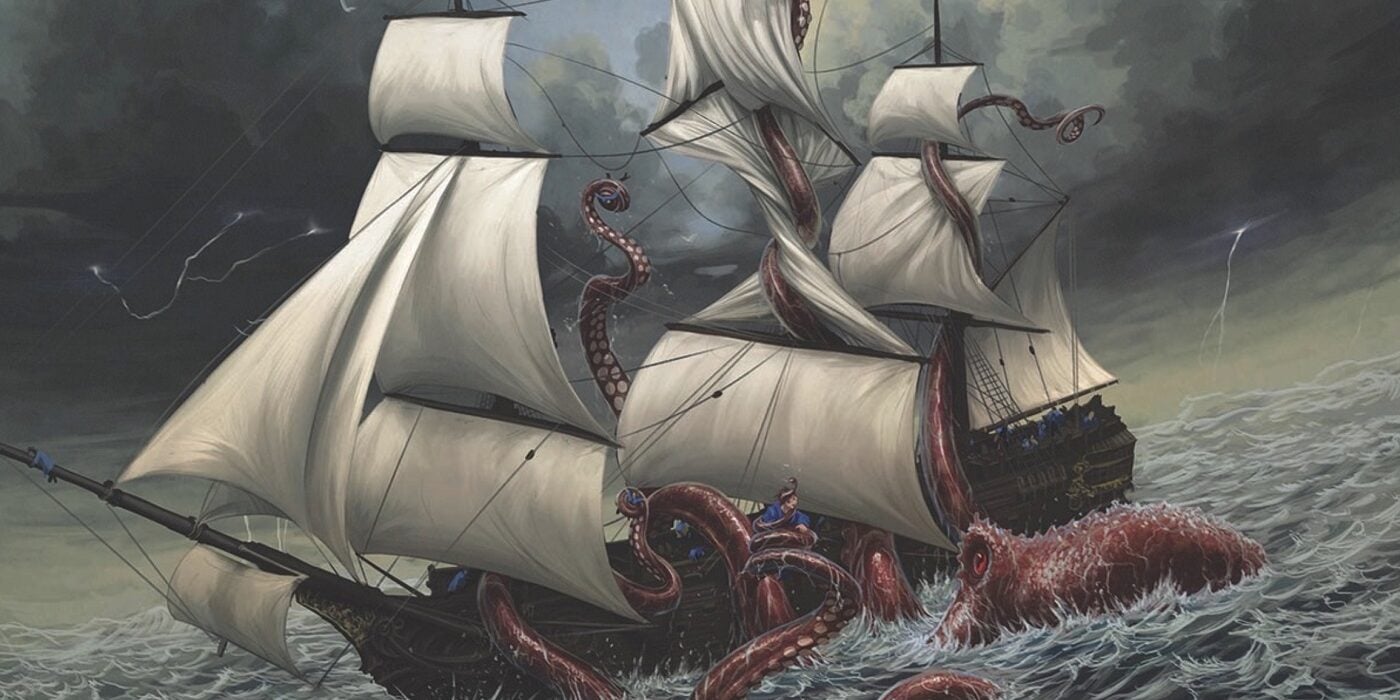
The Inner Sea is as familiar to Pathfinders as the Sword Coast is to Faerunians. Here’s what you need to know.
In all of Golarion, one region stands out time and again as where the heart of the action is. And for much of recent history, that has been the Inner Sea Region.
Tucked neatly between the continent of Avistan and Garund, both of which surround the massive Inner Sea, this region was often called the Center of the World. The primary reason for this was for the City at the Center of the World right in the middle of the Inner Sea, Absalom.
It was through Absalom that much of Golarion’s trade flowed, which led to its titular epithet. Of course, money wasn’t everything, the city also had a sparkling meteor that could transform someone into a god if they passed its inscrutable tests.
But the cosmopolitan cultures of the Inner Sea region were born of two continents, and a vast number of disparate kingdoms, peoples, and would-be empires that made the region dramatic and ripe for adventure.
Inner Sea – Regions and Cultures
Infinite opportunities for adventure existed within the Inner Sea Region. It was home to dozens of nations, frontiers, wildlands, and more. The region was home to heroism and villainy, exploration and adventure alike!
Most of the modern Inner Sea was defined by ten distinct “regions” which encapsulate one or more kingdoms.
- Old Cheliax
- Saga Lands
- Eye of Dread
- Broken Lands
- Shining Kingdom
- Golden Road
- Impossible Lands
- Mwangi Expanse
- Absalom and Starstone Isle
- The High Seas
Distinct styles and cultures grew within each of these regions, leading to a life that could differ even across arbitrary borders.
Absalom and Starstone Isle
At the heart of the Inner Sea itself was the Isle of Kortos. This was home to Absalom City, as well as the legendary Starstone, a magical meteor that has come to define the destiny of Golarion. The Isle of Kortos was known for being a diverse ecosystem. Outside of Absalom’s walls, one could find verdant forests and grasslands to the West, while towards the east lay the rugged stony desert of the Scrape. And beyond that, the Riven Hills and newly formed necromantic wasteland known as the Tyrant’s Grasp.
Meanwhile, the Isle of Erran, to the north of Starstone Isle, was where Escadar, the second-largest city in the area can be found. Escadar was a much rougher port, full of smugglers and worse. But it was home to massive shipyards that helped provided the navy that kept the Inner Sea safe.
Broken Lands
The Broken Lands, on the other hand, were harsher, dangerous wildlands. The Broken Lands were a fractured region, and it was often said that life itself seemed to have been dealt an almost mortal blow in that area.
It was a region of political strife, caught between the feuding nations like Issia and Rostland, kingdoms like Brevoy on the verge of civil war, but no part of the Broken Lands was nearly as literal as the great blighted patch of land known as the Worldwound.
The Worldwound was the sight of a massive demonic invasion. Lead by a demon lord named Deskari, who tore open a massive wound in reality, the Worldwound was once a sight of seemingly endless hoards of demons. Golarion’s people rose up to defeat this existential threat, and the heroes of the Fifth Crusade defeated Deskari and closed the rift. But the damage had been done. The lands remained blighted, even after the rift had been closed.
And if that wasn’t enough, it was rumored that in the rugged hills of Numeria that a crashed vessel — a ship meant to sail the stars, full of strange, mechanical monstrosities and alien technologies, could be found.
Eye of Dread
The Eye of Dread was a region oppressed by undeath. It was once a well-traveled hub for trade. But not long ago, it became a war-torn region as the militaristic nation of Molthune attacked the wooded nation of Nirmathas. A third faction soon joined the war, as enterprising hobgoblins led an uprising of their own to take advantage of the chaos.
But the further north one traveled, the worse the Eye of Dread seemed to be. As guardian walls give way to the nation of Ustalav, a land beset by horror, fear, and manifestations of eternal nightmare.
Here, another great existential threat to Golarion arose. The ancient lich Tar-Baphon, emerged from a long sealed chamber and brought with him a scourge that transformed much of the land into the Gravelands, overrunning a nation once meant to guard against these horrors. Ruled by an undead lich, the Gravelands were host to all manner of necromantic powers, ready to spill over onto the rest of Golarion.
Golden Road
The Golden Road, on the other hand, was a stretch of sprawling desert wilderness. But speckled throughout were vital coastlines and rivers that gave rise to some of the oldest civilizations in the Inner Sea region. Ancient lore, ruins, and treasures lay waiting beneath the sands, or else waiting in the many cities that dot the landscape.
Further west, nations like Thuvia and Rahadoum helped create a massive trade route that stretched back all the way to Osirion.
High Seas
The High Seas was the name commonly given to the ocean region just outside the Inner Sea. The High Seas were a much more turbulent, dangerous oceanic region. Untamed by continental shelves the High Seas were home to monsters and shapechangers. Subaquatic empires flourished beneath their depths.
Pirates, on the other hand, flourished atop the waves. And on the High Seas, the Hurricane Queen of the Shackles ruled over all, providing just enough structure to keep fleets of pirates loosely united enough that they were a threat to any who would try and hunt them down.
That’s the first half of the Inner Sea

